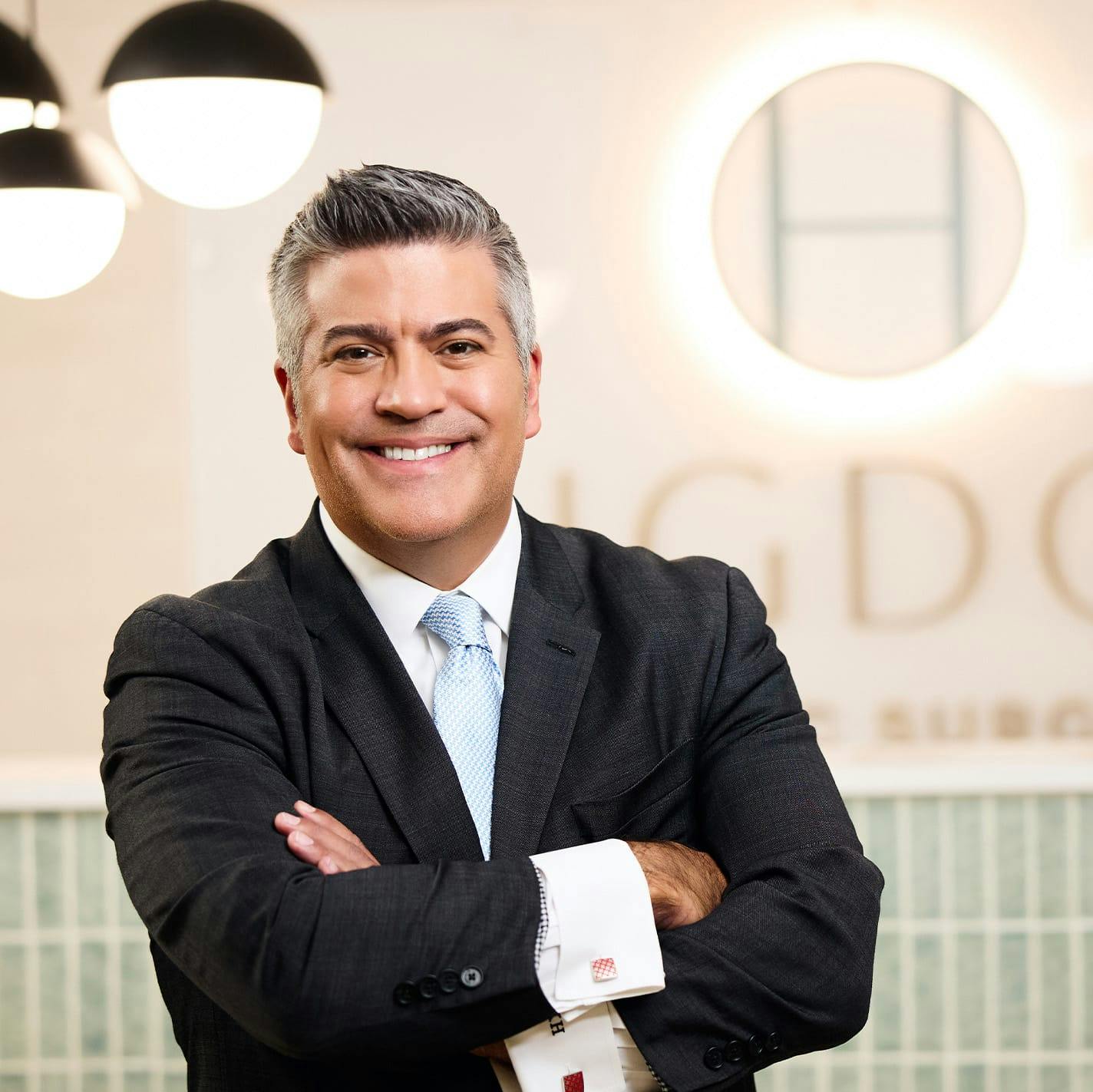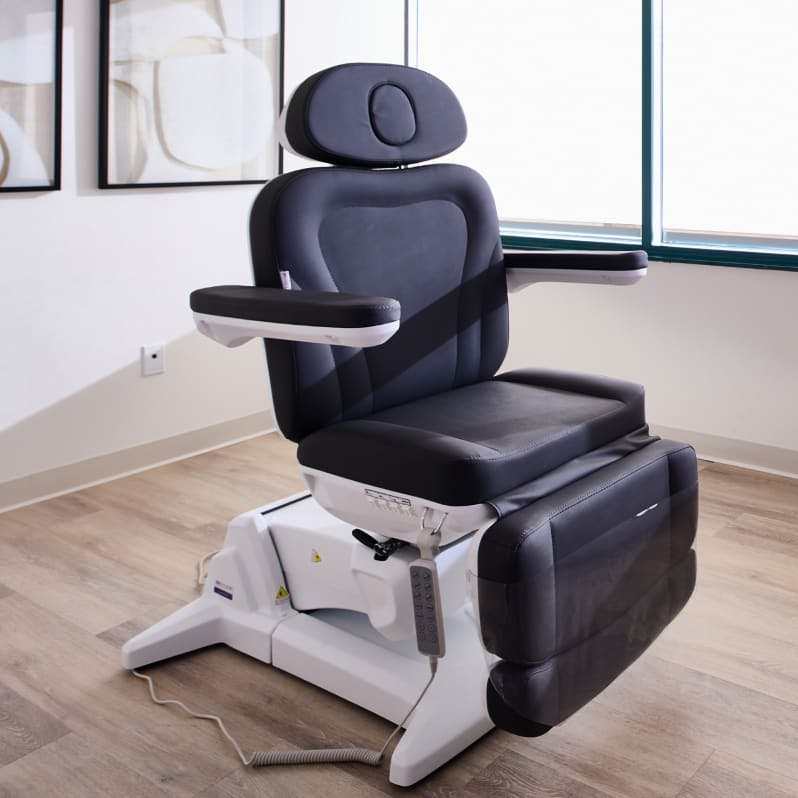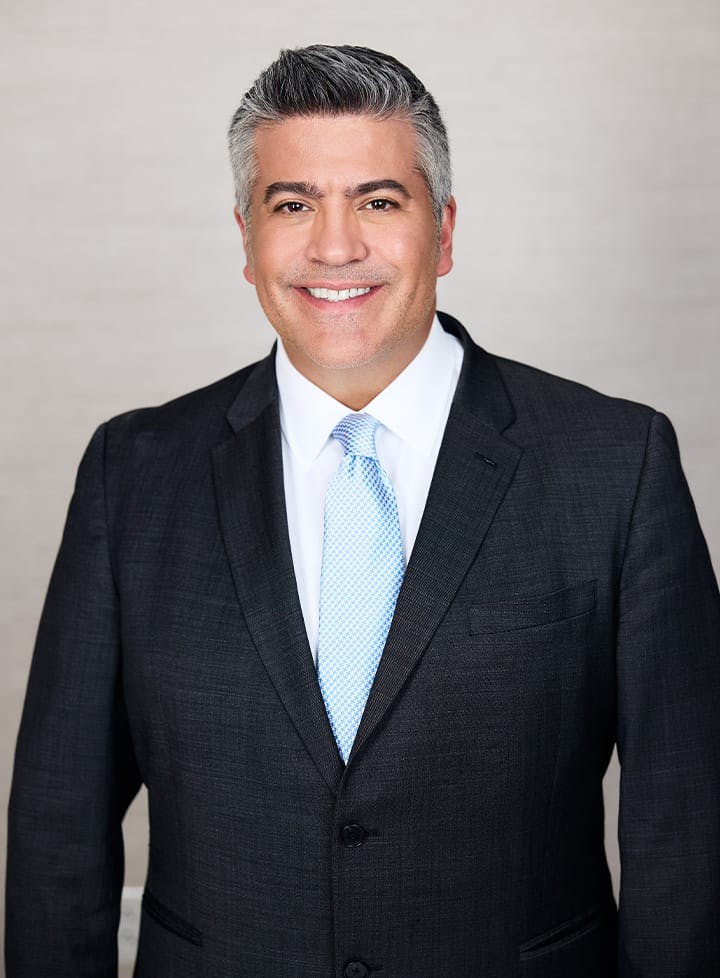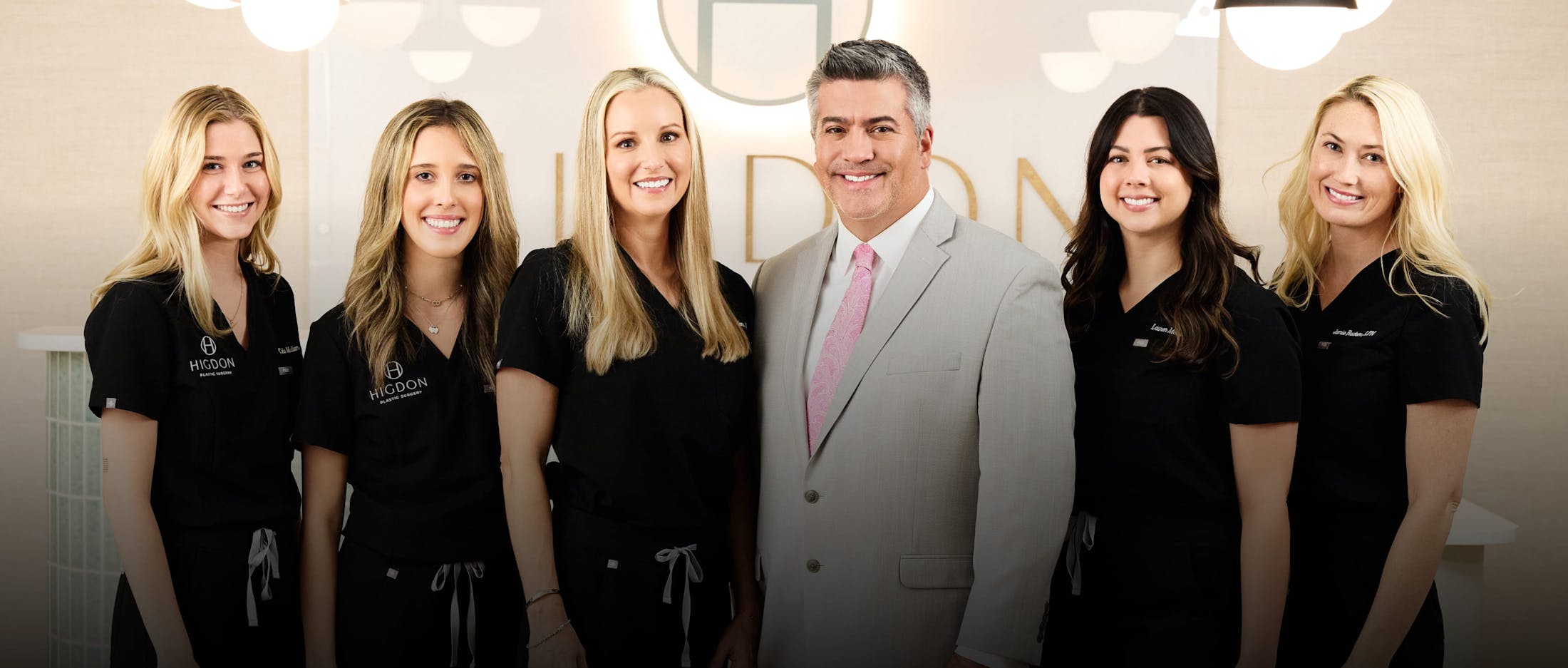At Higdon Plastic Surgery, we offer advanced solutions for hair restoration, blending surgical expertise with innovative techniques to provide tailored options to address your hair loss.
What Is Surgical Hair Restoration?
A hair transplant in Nashville, also known as Surgical hair restoration, is designed to address hair loss and balding by transplanting healthy hair follicles from one area of the scalp (known as the donor site) to areas where hair is thinning or absent (recipient site). This procedure is typically performed under local anesthesia. It involves the extraction of individual hair follicles from the donor area, usually at the back or sides of the head, using techniques like follicular unit extraction (FUE) or follicular unit transplantation (FUT). Dr. Higdon uses the NeoGraft advanced hair system to extract hair follicle micrografts for his preferred FUE technique. The extracted follicles are then meticulously implanted into the recipient area to achieve natural-looking results. The NeoGraft enables Dr. Higdon to offer a minimally invasive approach to hair restoration in his practice, maximizing your recovery by minimizing the effect of the donor site for your hair restoration surgery. Surgical hair restoration offers a long-term solution for individuals experiencing hair loss, helping to restore confidence and improve self-esteem.









